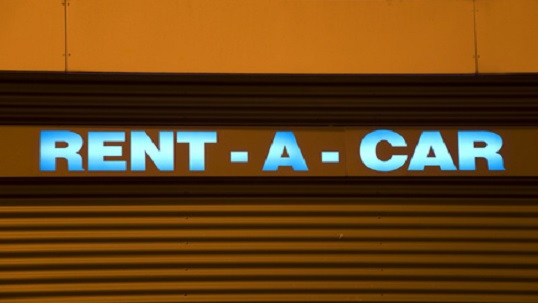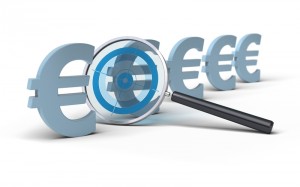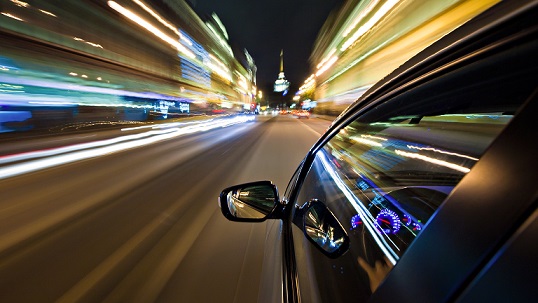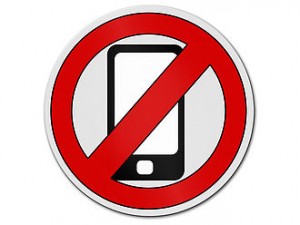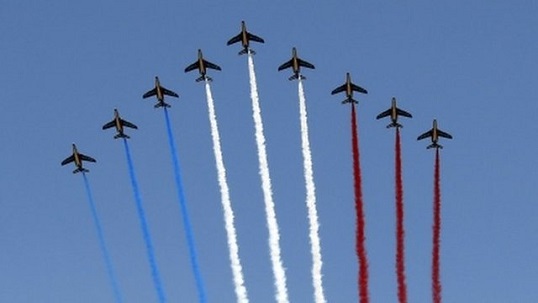
Overview
Most famous for Paris, her “City of Lights”, France is a country of culture, gourmet cuisine, and magnificent art and literature. Today’s France is considered one of the most modern in Europe. The country is located at the western edge of Europe and bordered by the Atlantic Ocean to the west, the English Channel to the north, and the Mediterranean Sea to the southeast. Her eastern borders offer easy access and travel to Italy, Switzerland, Luxembourg, and Belgium.
Brief History
Since the late Middle Ages, France has been a major influence and power throughout Europe. France enjoys over 83 million foreign travelers a year. Through the centuries, her history as a military power grew well into the mid-1800s. After the Second World War, France became the founding member of the National Atlantic Treaty Organization (NATO) in 1949. Since the mid-1960s, France has become more liberal, but still provides a unified and solid foundation for European Union member states.
Languages and Religion
The official language of France is French, although travelers may experience a variety of regional dialects as well as languages that include Basque, Alsatian, and Corsican. When it comes to religion, nearly 90% of French inhabitants practice Roman Catholicism and small numbers practice Judaism, Islam, and Protestant faiths.
Climate
The climate in France’s diverse, depending on the region. In the southeastern regions of the country ordering the Mediterranean, the temperate is hot in summer and cool in winter. Midwinter windstorms can bring rain, snow, and even flooding to certain regions.
Places and Cities to Visit
With a history dating back thousands of years, there are certainly numerous historical and architectural sites and landmarks to view throughout every region of France. One of the most famous landmarks in France is the Eiffel Tower, (a must-see for any visitor to Paris. While in Paris, don’t forget to visit the Louvre, or just sit on the banks of the Seine or stroll down the famous and beautiful Champs- Élysées. The Reims Cathedral is a UNESCO World Heritage Site that receives over one half million visitors every year.
Other interesting places and sights to see in France include but are not limited to:
- The Aquarium in La Rochelle
- The Lille Zoo
- Château de Chambord in the Loire Valley
- The Cathedral of Amiens – another UNESCO World Heritage Site and location of the most complete and tallest ceilinged cathedral (with the largest interior) of any cathedral in France.
One of the best ways to travel France is by car.
Car Hire Services
 When renting a car and driving in France, be sure to follow rules and regulations to ensure safe and problem free travels. In France, rental cars are booked for 24 hours, several days or a week or more. Renting a car by the week with unlimited mileage is a more economical option as daily rates can be high. This is especially true in the summertime, when tourism is at its height.
When renting a car and driving in France, be sure to follow rules and regulations to ensure safe and problem free travels. In France, rental cars are booked for 24 hours, several days or a week or more. Renting a car by the week with unlimited mileage is a more economical option as daily rates can be high. This is especially true in the summertime, when tourism is at its height.
Compare options and pricing between some of France’s most popular car hire agencies:
Be aware that the majority of rental cars in France are manual transmission and you’ll pay a higher rate for requesting an automatic. Most car rental agencies will rent cars to individuals 25 to 70 years of age, so check ahead to ensure you’re able to rent a car in the first place. Always talk to the car rental agency about driving a rental car across the border to any of the countries bordering France. While this is not typically an issue, rental companies may have a policy that prevents travelers from driving their rental cars to some Eastern European countries.
Driving Regulations
To drive in France you must be over 18 years of age. Your driver’s license from home may suffice, but it is always recommended when driving in a foreign country to obtain an international driver’s license or permit.
Driving through France may be one of the most logical ways to really see the sights and soak in the ambience of the different regions of the country, but be aware that driving in France may not be the same as driving in your own country. France’s high-speed highways are called Autoroutes, many of which are toll roads. Autoroutes throughout France encompass more than 7,000 km of roadway offering access, rest stops, and petrol stations at convenient locations.
Speed limits throughout France should be noted as below unless otherwise posted:
- Autoroute (freeway or motorway) – 130 kph. Keep in mind that the minimum speed in last year in slow-moving traffic is approximately 80 kph. Speed limit slows to 110 kph in rainy conditions and 50 kph if visibility is less than 50 m.
- Autoroutes in urban areas are 110 kph. Speed decreases in rain or low visibility.
- Dual carriageways and single lanes that are separated from oncoming traffic by crash barriers or islands – 110 kph, slower in rainy conditions
- Towns and villages – 50 kph
In any conditions where visibility is less than 50 m, regardless of location, speed limit is 50 kph.
When in France, do not drink and drive. France may have the reputation of being less than stellar regarding alcohol consumption, but they do have a zero tolerance for drunk driving. Since 2012, drivers are required to carry a new and unwrapped Breathalyzer in the vehicle at all times. Fines for driving between 0.5 g and 0.8 g of alcohol per liter of blood will incur fines of €135. If you’re over the 0.8 limit, you may be fined up to €4,500, be ordered to court, and face either license suspension or imprisonment.
Sources:
WhyGoFrance – http://www.francetravelguide.com/driving-in-france.html
France Travel – http://www.justfrance.org/
The World Factbook France – https://www.cia.gov/library/publications/the-world-factbook/geos/fr.html
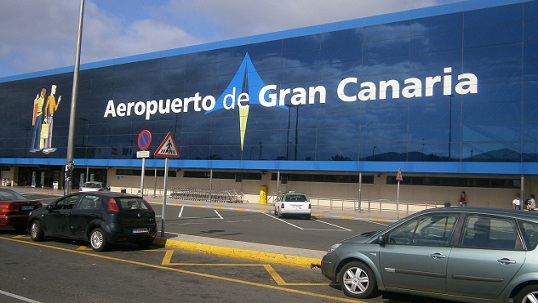
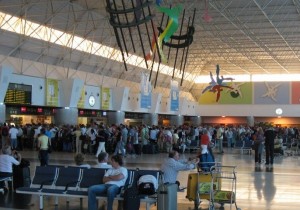 Passengers to the Gran Canaria airport will find an ample number of services and amenities, considering the rather remote location. Passenger services include currency exchange, children’s play area and post office, in addition to shops, dining space and cafes. Those experiencing longer layovers might be interested in visiting the available VIP Lounge.
Passengers to the Gran Canaria airport will find an ample number of services and amenities, considering the rather remote location. Passenger services include currency exchange, children’s play area and post office, in addition to shops, dining space and cafes. Those experiencing longer layovers might be interested in visiting the available VIP Lounge.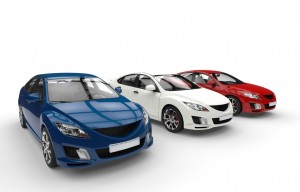 Exploring the Gran Canaria isle is best done by way of car hire – the airport features car hire services available for all passengers in the arrival hall. Compare types of vehicle and pricing options. Many major companies offer service through Gran Canaria Airport, including:
Exploring the Gran Canaria isle is best done by way of car hire – the airport features car hire services available for all passengers in the arrival hall. Compare types of vehicle and pricing options. Many major companies offer service through Gran Canaria Airport, including:


